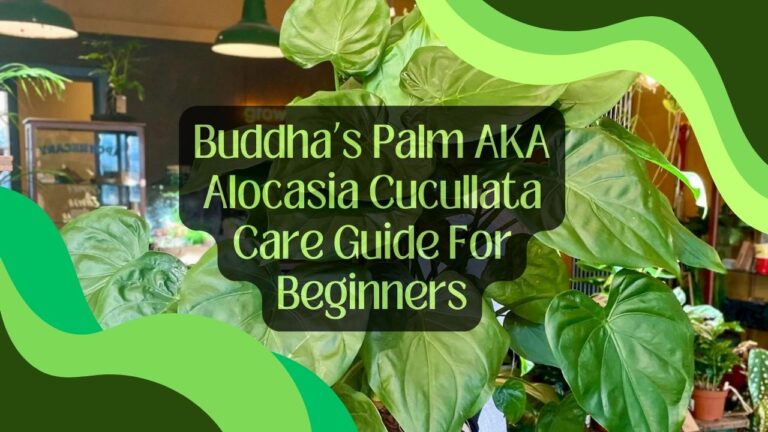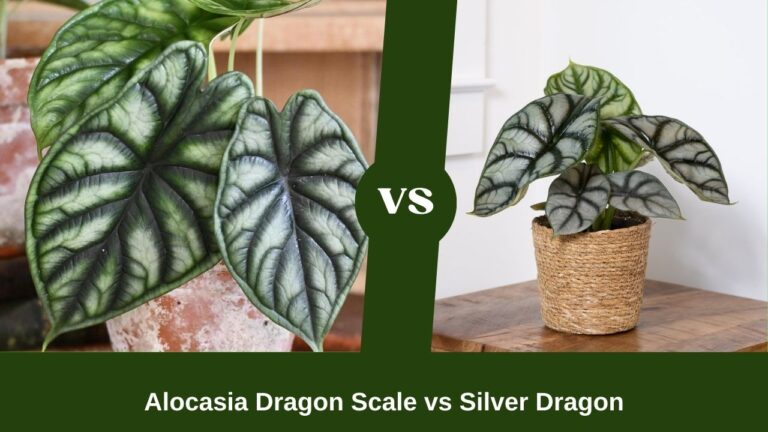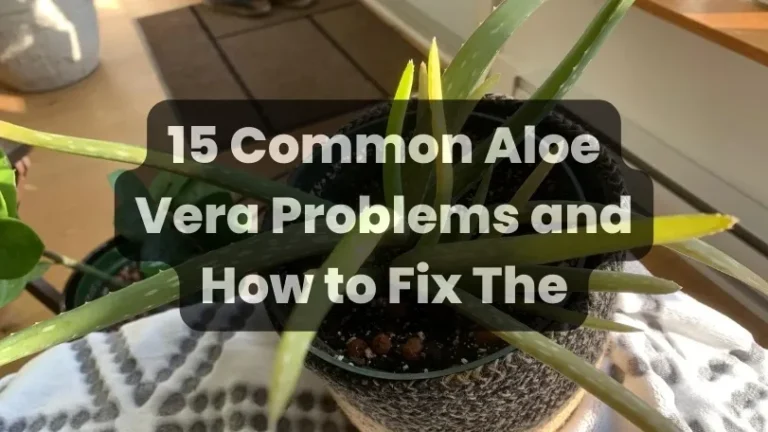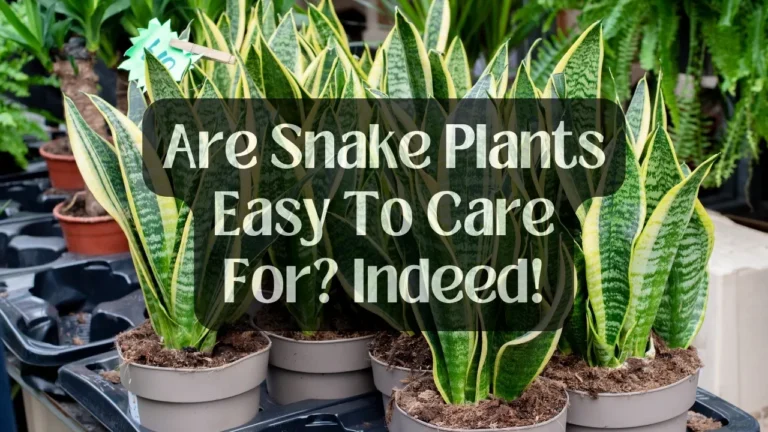Alocasia Vs Anthurium: Differences And Similarities Of The Indoor Plant

Alocasia has big arrow-shaped leaves, and various patterns, needs more water, and can go dormant. Anthurium has heart-shaped leaves, unique spadix, and spathe flowers, needs less water, and grows consistently.
Besides these, there are so many more differences between these two. In this discussion, I will show you everything that will make you a complete expert on these indoor plants.
So, without any delay, let’s explore everything in detail about Alocasia vs Anthurium.
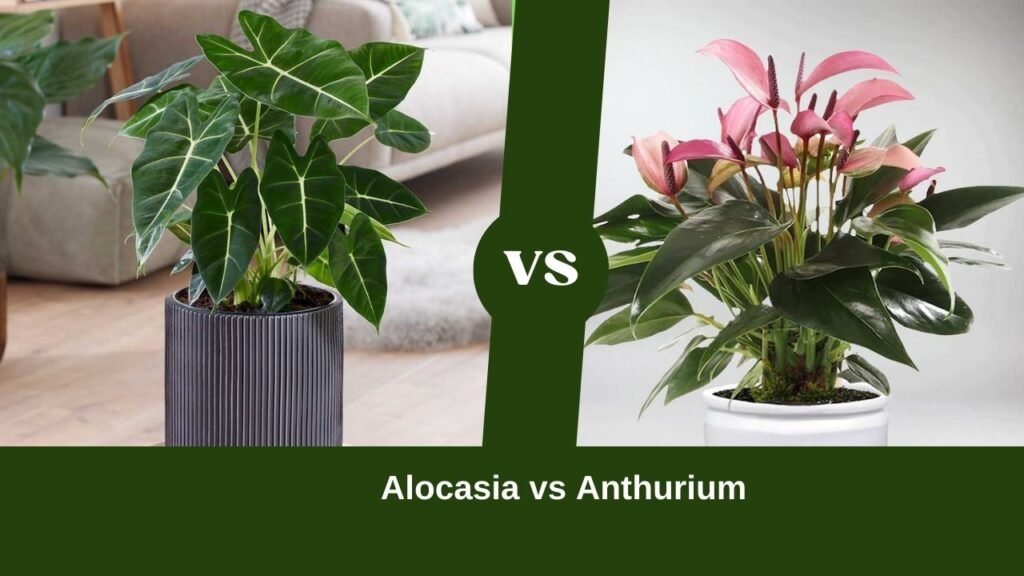
Table of Contents
Alocasia Vs Anthurium: An Overview
Before I go to the details discussion, Here I make a table overviewing all elements to keep this clear to you.
| Aspect | Alocasia | Anthurium |
| Common Name | Elephant’s Ear, African Mask Plant | Anthurium, Flamingo Flower |
| Leaf Shape | Large, heart/arrow-shaped | Heart-shaped |
| Leaf Patterns | Variegated, prominent veins | Usually solid-colored |
| Growth Characteristics | Fast-growing, tropical aroid | Slow to moderate growth |
| Sunlight Requirements | Bright indirect light | Moderate light, avoid direct sun |
| Water Needs | High, even moisture | Moderate, allow drying between waterings |
| Dormancy | Can go dormant in winter | Generally constant growth |
| Temperature Tolerance | Warm and humid | Moderate warmth |
| Toxicity | Toxic to humans, pets | Toxic to humans, pets |
| Flower Characteristics | Not showy, rare flowers | Distinctive spadix and spathe flowers |
| Native Regions | Tropical regions of Asia | Tropical regions, various species |
| Common Pests | Prone to spider mites | Resistant to pests |
Alocasia Vs Anthurium: Detailed Differences
You need to go through detailed differences between these two plants to gain more insight and to know all about care and many more things.

Common Names
- Alocasia: Also known as Elephant’s Ear or African Mask Plant.
- Anthurium: Commonly referred to as Anthurium or Flamingo Flower.
Leaf Shape and Patterns
- Alocasia: Exhibits large, heart or arrow-shaped leaves with variegated patterns and prominent veins.
- Anthurium: Features heart-shaped leaves that are usually solid-colored, lacking the variegation and vein prominence of Alocasia.
Read More About Alocasia vs Caladium
Growth Characteristics
- Alocasia: Possesses a fast-growing nature, characterized by its tropical aroid origin.
- Anthurium: Exhibits a slower to moderate growth rate in comparison to Alocasia.
Sunlight Requirements
- Alocasia: Thrives in environments with bright indirect light, but direct sunlight can lead to leaf scorching.
- Anthurium: Flourishes under moderate light conditions and should be shielded from direct sun exposure.
Water Needs
- Alocasia: Requires consistent high moisture levels in the soil, with the substrate never drying out entirely.
- Anthurium: Needs moderate watering, allowing the soil to dry partially between waterings.
Read More About Alocasia vs Philodendron
Dormancy and Growth
- Alocasia: Can enter a dormant phase during winter months, affecting its growth rate.
- Anthurium: Generally maintains a more constant growth pattern throughout the year.
Temperature Tolerance
- Alocasia: Prefers warm and humid surroundings, reflecting its tropical habitat.
- Anthurium: Thrives in moderate warmth and cannot endure temperatures below 60°F.
Flower Characteristics
- Alocasia: Rarely produces flowers, and when it does, the blooms are not particularly showy.
- Anthurium: Displays distinctive spadix and spathe flowers in vibrant colors, such as red, pink, or white.
Read More About Alocasia Ivory Coast vs Pink Dragon
Native Regions
- Alocasia: Originates from tropical regions of Asia.
- Anthurium: Hails from various tropical regions including Central America, South America, and the Caribbean.
Common Pests
- Alocasia: Prone to infestations by spider mites.
- Anthurium: Demonstrates resistance to common pests, making it relatively more robust in this aspect.
These differences underscore the varied care requirements, aesthetic attributes, and geographical origins of Alocasia and Anthurium, catering to different preferences and environments.
Similarities Between Alocasia And Anthurium
Besides these differences, there are some similarities between these two plants. Here are these similarities for you to know both the sides of Alocasia And Anthurium.
- Toxicity: Both Alocasia and Anthurium possess leaves that are toxic to humans and pets if ingested.
- Indoor Preference: While they can be grown outdoors in suitable climates, both plants are often cultivated as indoor houseplants due to their specific care requirements.
- Aesthetic Appeal: Both plants are prized for their striking foliage, making them popular choices for adding visual interest and greenery to indoor spaces.
- Tropical Origin: Alocasia and Anthurium both originate from tropical regions, reflecting their preference for warm and humid environments.
- Moderate Light: They share a preference for moderate light levels, with both plants thriving under conditions of indirect sunlight rather than direct exposure.
- Potting Mix: A well-draining potting mix is favored by both plants, promoting healthy root growth and preventing waterlogged conditions.
- Pest Resistance: While Alocasia is susceptible to spider mite infestations, both plants generally exhibit some level of resistance to common pests.
Which One Will Be Good For Whom?
Choosing between Alocasia and Anthurium depends on the specific preferences and care capabilities of the plant owner:
Alocasia Is Good For
This plant suits those who are looking for a visually striking statement piece. Its large, variegated leaves with prominent veins create an exotic atmosphere. Alocasia is ideal for individuals who can provide bright, indirect light and are attentive to high humidity needs.
However, due to its toxicity, it’s best for households without curious pets or young children. Its fast growth and occasional dormancy make it perfect for those who enjoy observing growth spurts and changes in their plants.
Anthurium Is Good For
Anthurium is a better fit for those seeking an elegant and versatile houseplant. Its heart-shaped, solid-colored leaves and distinctive flowers add a touch of sophistication. Anthurium is more forgiving when it comes to light requirements and doesn’t demand as much humidity as Alocasia.
This makes it a suitable option for a wider range of living environments. Its slower growth and overall lower toxicity level might make it a better choice for households with pets or children.
Ultimately, the choice depends on the grower’s ability to provide the preferred conditions and the desired aesthetic impact.
Conclusion
In comparing Alocasia and Anthurium, it’s clear that these tropical plants offer unique attributes and care needs. Alocasia’s bold, variegated leaves demand attention and thrive with careful humidity and light management, making them a statement piece for dedicated plant enthusiasts.
On the other hand, Anthurium’s elegant, heart-shaped leaves and distinctive flowers are more adaptable to various environments, catering to a wider audience. Both plants share similarities like toxicity, indoor preference, and tropical origins.
The decision ultimately hinges on one’s ability to meet specific care requirements and their aesthetic preferences. Whether it’s the dramatic presence of Alocasia or the versatile elegance of Anthurium, both plants offer captivating options for indoor greenery enthusiasts.

